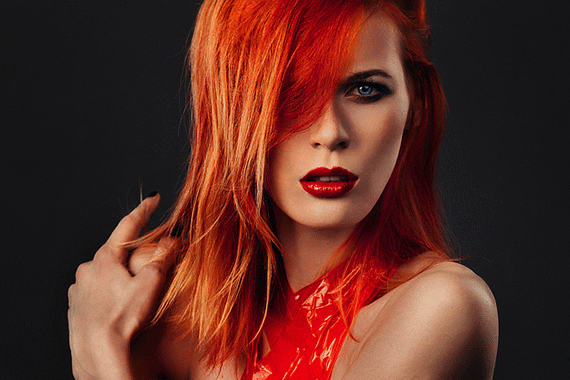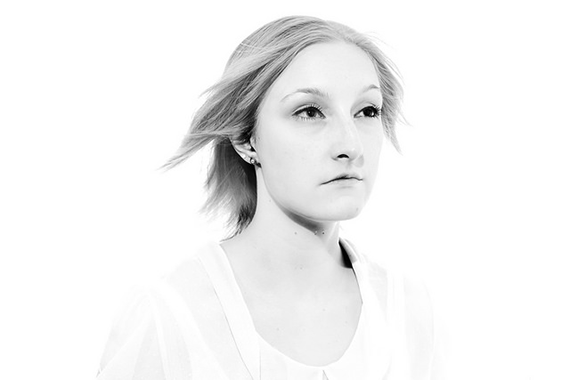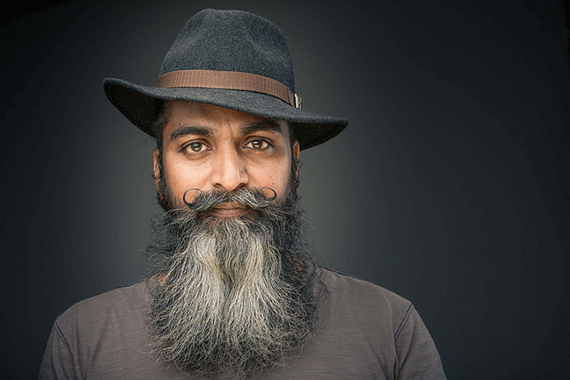What makes a stunning portrait? Is it the individual being photographed? Is it the color? Perhaps it’s a good photographic lens. In fact, there are lots of factors that go into whether or not a portrait turns out well. Nevertheless, there is one significant ingredient to success: lighting.
Lighting, especially in portrait photography, helps to shape and compliment a person’s face. “Light sculpting”, as this is known in professional terms, means that a person’s better features are accentuated. This brings us to the issue of the very best lighting setup for portrait photography. The “best” setup for portrait photography is one that carves out the attractiveness and charm of your subject’s face. Lighting setups for photographing people rely a lot on the person and what you want to enhance.

Photo by Евгений Решетов; ISO 100, f/6.3, 1/100-second exposure.
Lighting techniques for portrait photography vary from broad to short light and from side to front light. Beauty lighting is a term used to light from above and underneath a person, producing softness across a person’s face. This is used for fashion and makeup photos. These are predominantly used for ladies but they can be used for men, too.
Profile Lighting
One of the most appealing portrait photography lighting styles is called “profile lighting”. This is a two or three light setup done in the photographic studio. It requires a strip softbox (long rectangular softbox), a small softbox, and a background light–if you are using one. The individual sits facing the main light. We need to funnel the light to reduce its distribution. Once that is accomplished, we place the fill light at approximately a 50-60 degree angle from ourselves, toward the subject. We allow the light to fill in the shadows on the side of the person’s face, without spilling too much on their body. The angle of the fill light is significant. You may illuminate the background if you wish, but remember to position the background light low to the ground so it’s not in the frame.
This lighting setup is ideal for portraits, because it is straightforward. Once you find the right direction, everything becomes easier. Portrait photography mainly uses softboxes. I have not utilized umbrellas in this situation, simply because they splay the light too broadly. The whole purpose of this lighting technique is to direct and funnel the light.
Portrait lighting relies on sculpting with light. It’s not easy, because light sculpting is very technical and extremely particular. Lights have to be in very specific positions. Even a few centimeters can change the outcome of your image.
Portrait Lighting Gear
A lighting setup for portraits typically requires lights with stands and a whole series of tools to modify the light. Silver umbrellas, for example, are reflective and help to create broad lighting. Shoot-through umbrellas are made from a semi-opaque material and soften a broad spread of light. Gobos are black pieces of cardboard of different sizes that impede the light from certain reaching parts of your image. Studio lighting kits for portrait photography offer many lighting accessories to create desired results.
Lighting Mood
Lighting is emotion. In all portrait photography, use it to enhance and create emotion. Using lots of shadow and blackness will create different feelings than if you have a very bright scene. Placing lights in certain positions creates the person’s relationship with the light, and as a consequence, tells a story.

Photo by natashalouisegrayy; ISO 560, f/6.3, 1/15-second exposure.
In the most recent portrait image I did in the studio, I set up the main and fill light to emphasize my model’s profile. The main light was responsible for the light on the very front of her nose and the shadows that fell on the side of her cheeks. This was due to the direction. The fill was responsible for the light on the side of her face. I angled it in such a way that we still saw a little bit of shadow–but not enough to illuminate the whole of her face.

Photo by Krishna Adoni; ISO 200, f/11.0, 1/160-second exposure.
Lighting is one of the most important aspects of successful portraiture. Light your subject for mood. Place your subject in a way that enhances that story, and don’t forget to tell them how great they look. A model who receives compliments from the photographer will loosen up, and you will get better photos.
About the Author:
Amy Renfrey writes for DigitalPhotographySuccess.com. She’s photographed many things from famous musicians (Drummers for Prince and Anastasia) to weddings and portraits of babies. Amy also teaches photography online to her students.
Like This Article?
Don't Miss The Next One!
Join over 100,000 photographers of all experience levels who receive our free photography tips and articles to stay current:






Leave a Reply